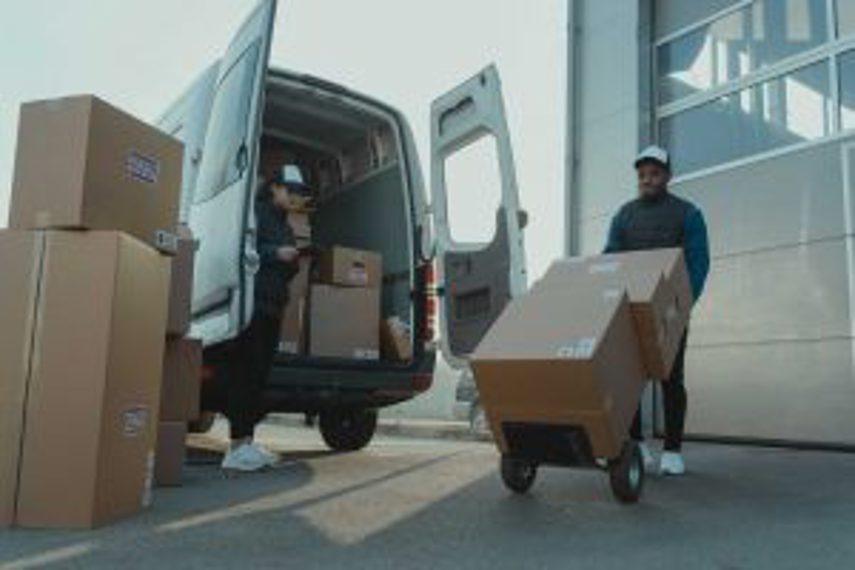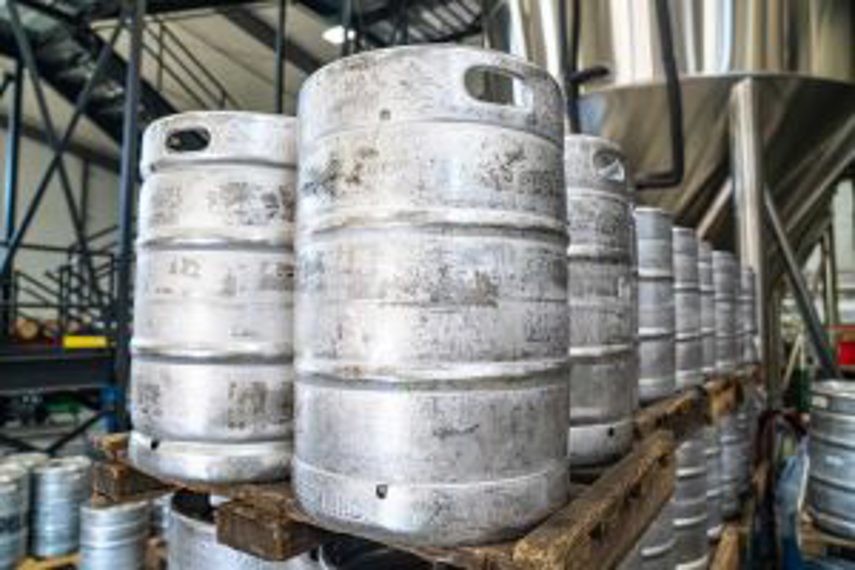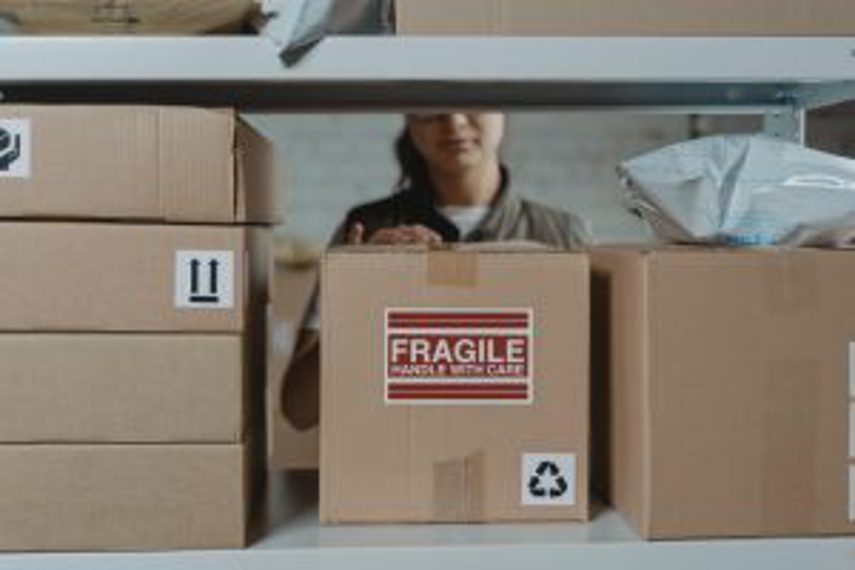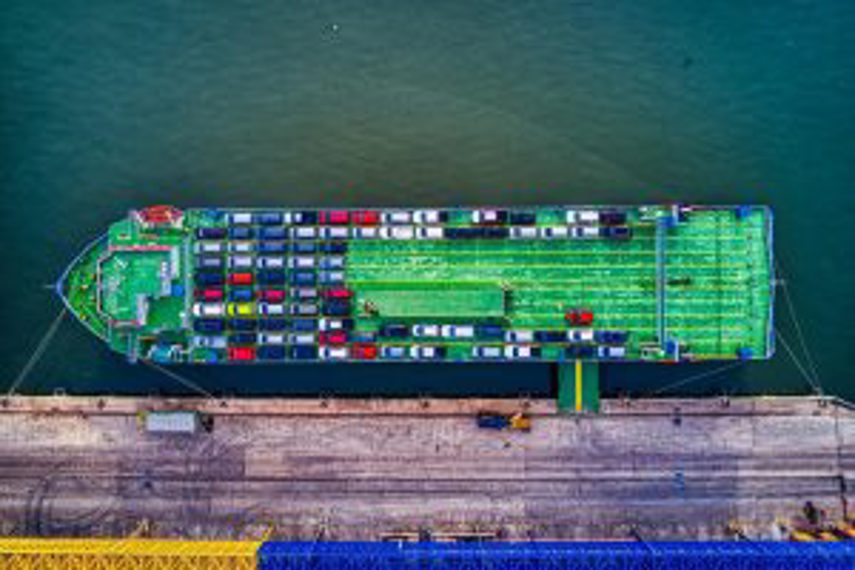
Bonded warehouses are widely used by importers and exporters, as they create efficiencies in both supply chain management and cashflow.
This article considers what a bonded warehouse is, and how they are managed across different jurisdictions such as the United Kingdom, Australia, New Zealand and the United States. It considers how to create a bonded warehouse and the advantages and disadvantages of using one. We also consider free ports, which offer similar advantages to bonded warehouses in importing or exporting products.
What is a bonded warehouse?
A bonded warehouse is a site used for the storage and processing of goods being imported into a new market. Goods stored in bonded warehouses are not liable for customs duties (a type of tax). At the point the goods are delivered to their next destination, any applicable duties become payable. Bonded warehouses can be owned by a government or by private businesses and can be helpful in creating inventory and cashflow efficiencies.
Using bonded warehouses means goods can be shifted closer to their final destination, and the payment of duties can be postponed until the product is moved.
This system provides significant benefits for business trading across different jurisdictions. For an organisation that imports and exports goods, the use of bonded warehouses can be used to cancel out the need to pay duties, creating further efficiencies. The usage and structures of bonded warehouses vary from country to country, as this article outlines below.
What are the advantages of a bonded warehouse?
Bonded warehouses offer significant benefits for businesses that import and export large quantities of goods, particularly those attracting high customs duties.
Shifting product from one site – likely where they were manufactured – into a bonded warehouse allows it to be moved closer to the customer or final destination, without attracting duties.
Beyond the logistical efficiency of getting products closer to their end customer, postponing the need to pay duties is hugely helpful for a business’ cashflow.
The Ultimate Supply Chain Management Guide
Methods for Modern Businesses Read MoreCashflow advantages of bonded warehouses
For example if a distillery in the UK produced 10,000 litres of gin, they would be liable for Spirit Duty (a kind of tax) of £28.74 per litre of pure alcohol, according to the United Kingdom’s official tax policy.
If their gin was $40% Alcohol by Volume (ABV), they would need to pay £11.50 in Spirit Duty per litre – which, for this large 10,000L production run, is a liability of £115,000.
That’s a significant amount of capital that the business might not have on hand. So to avoid paying it all at once – and enable them to fund the tax payments with income generated from sales as they’re made – the distillery can store the gin in a bonded warehouse, releasing product (and paying duties) as and when product is sold.
Avoiding tax with bonded warehouses
In some cases, if the business is importing and exporting products, the need to pay duties is cancelled out altogether.
For example if a UK company imported goods from the EU they would normally have to pay import duties, at a rate determined by the type of item. However if the goods were then on-sold outside of the UK, the requirement to pay duties could be avoided altogether by storing them in a bonded warehouse.
 Bonded warehousing can be critical for cashflow management
Bonded warehousing can be critical for cashflow management
What are the disadvantages of a bonded warehouse?
While there are many advantages to using a bonded warehouse, there are also some disadvantages that need to be considered.
The cost of storing products in a public bonded warehouse will add up over time, particularly if the product is stored for long periods. Further, the owner of the business that is using the bonded warehouse has limited say or control over how things are managed on site. This may be of particular concern if the products being stored need special care or controls, such as those which are fragile or contain hazardous substances.
It is also worth having a clear understanding of what happens to products if duties are not paid, or if they are left in the warehouse for too long. In some cases, customs authorities can sell goods to recover the cost of the taxes.
What type of person or business uses a bonded warehouse?
Bonded warehouses are used by businesses or individuals involved in selling products that attract customs duties when they are imported or exported between countries.
The use of bonded warehouses attracts a reasonable amount of administrative legwork, such as getting licenses and various permissions. As such bonded warehouses are usually utilised by businesses shifting products in large quantities.
Once the logistics are in hand, however, bonded warehouses can be extremely useful for companies in terms of inventory efficiencies and cashflow.
Bonded warehouses generally come in two forms: Private, and owned by the business using it; or public, owned by another party and used by agreement by others with an associated fee.
How are bonded warehouses run in the United Kingdom?
In the United Kingdom bonded warehouses are known as customs warehouses. In the United Kingdom there are two types of such warehouses – public and private.
The arrangement with public warehouses is that the owner is the ‘warehousekeeper', and the organisation wanting to store the goods is known as the ‘depositor’. If the business is using its own warehouse, it is filling both of those roles, so is the warehousekeeper and depositor.
The United Kingdom’s tax department, Her Majesty’s Revenue and Customs (HMRC), requires a license be held for any business that operates a private customs warehouse. Having such a license means that an individual or business would be operating as a licensed ‘warehousekeeper’.
When using a bonded warehouse, the goods must be sent directly to the site, which must be approved for the particular goods being stored. For example, if the goods contain any hazardous substances it will be important to ensure appropriate safety measures are in place.
At the point the goods are moved from the warehouse to the final destination, they attract duties that are payable to the government. The movement of goods needs to be declared to ensure the right duties are calculated. However if the duties are exported or moved to another customs zone, duty is not payable.
 The alcohol industry makes frequent use of bonded warehouses
The alcohol industry makes frequent use of bonded warehouses
How are bonded warehouses run in Australia?
In Australia, bonded warehouses are used for what are known as EEGs – excise and excise equivalent goods – such as alcohol, tobacco and fuel. Businesses that wish to use bonded warehouses must have a license to do so, which is obtained through the Australia Taxation Office.
Once the appropriate permissions are in place, businesses can store, pack, and conduct some further manufacturing processes within the warehouse. Anything that involves ‘value adding’ is not permitted within the remit of a bonded warehouse.
How are bonded warehouses run in the United States?
In the United States, bonded warehouses are referred to as ‘Customs’ bonded warehouses. Under United States law, bonded warehouses can be used for manufacturing purposes, alongside storage of goods. Product is able to be stored in bonded warehouses for up to five years without needing to pay duties. The duties are then payable when the goods are exported or withdrawn from the market.
There are various types of bonded warehouses in the United States, including those run by the Government and those run by public or private interests. Many are set up to support specific industries, such as large imports of merchandise, animals, metal products and grain. They can be developed to store these particular types of goods.
How are bonded warehouses run in New Zealand?
In New Zealand bonded warehouses are known as Customs Controlled Areas, or CCAs. As in other developed markets, these are used to store products that attract customs duties.
Any business that uses a bonded warehouse in New Zealand needs a license to do so. The bonded warehouses are used to store and make excisable products, before they are moved to their final destination.
Other types of bonded warehouses used in New Zealand include stores that sell duty free items, sites at which products are manufactured, and places that are used for New Zealand Customs officials to examine products before clearing them to be transported on. The definition of a CCA also covers sites at sea or in airports, where cargo is loaded or unloaded by any kind of vessel or aircraft.
 Private bonded warehouses allow for greater control of fragile or hazardous goods
Private bonded warehouses allow for greater control of fragile or hazardous goods
What is a private bonded warehouse?
A private bonded warehouse is one owned by the business for its importing and exporting purposes. This is also known as ‘proprietary warehousing.’
Private bonded warehouses are generally established when the business is growing rapidly or is already well established, as it requires a large capital outlay to set up.
However, there are significant benefits to private warehouses as the owner has full control over the site location, building and design of the warehouse, and management of inventory once it is established. This means private warehouses can be designed for very specific trading needs, which in turn create efficiencies in workflow and inventory management.
However, developing a private bonded warehouse is often prohibitively expensive, and companies often turn instead to a public bonded warehouse which they can use at an arranged cost.
What are the requirements for a bonded warehouse?
Requirements for bonded warehouses are generally similar across different jurisdictions, with some regulatory differences.
- In New Zealand, anyone that uses a bonded warehouse must have been declared a ‘fit and proper’ person or entity to do so, a process that includes a police check. A license is also required to carry out activities within a CCA. There are also strict requirements around bookkeeping, reporting and inventory management. This ensures any duties which are triggered by the shifting of product are paid as required.
- In Australia, requirements are much the same as in New Zealand. Bonded warehouses within Australia also require the person or company running it be ‘fit and proper’ to do so, and with a license to conduct such business. Further, Australian rules require that there is a log of staff and visitors to the site, which needs to be shown to officials if required. There are also strict criteria around the movement of goods, with a ‘movement permission’ required when product is dispatched to another premises.
- In the United States, anyone seeking to establish a bonded warehouse must apply to the relevant local authority, detailing all the requirements of the warehouse and what it will store. The entity seeking to get authorisation must also have a certificate stating the building is suitable for such usage. There is also the requirement to lodge a bond of at least US$25,000 with the relevant port authority before using the warehouse.
- In the United Kingdom, the steps to being approved as a warehousekeeper are again similar. To be approved, the applying entity needs to show certain business requirements – that it is solvent, has a good record with customs, and needs the warehouse for its business requirements. Further requirements are good bookkeeping practices and that a guarantee is provided for the payment of duties.
How to become a bonded warehouse
Creating a private bonded warehouse is a major business decision. The initial financial outlay is significant, and there would need to be compelling business reasons around efficiencies and the need to have a bespoke warehouse for the particular product being housed.
If a decision is made to develop a private bonded warehouse, a site will need to be identified, and designs created to ensure it best meets the needs of the products it will house. There will then be regulatory and environmental hoops to pass through, depending on where it is being built, and the relevant authorities’ requirements. Generally, this will include the need to prove the business and/or the people in control of the warehouse are ‘fit and proper’ to do so, and have a reputable business history. There will also be requirements to show good bookkeeping and tracking of inventory, to ensure duties are properly calculated and paid when required.
 Bonded warehouses are often located close to ports and airports
Bonded warehouses are often located close to ports and airports
Where are bonded warehouses located?
Bonded warehouses are generally located near ports, either land or sea, as those are areas that come under the control of customs authorities. Such sites also ensure ease of shifting products from aircraft or ships to the bonded warehouse.
- Read more: Brewers high on dry July
What is a free port?
Free ports and bonded warehouses have some similarities, in that they hold products that have not yet attracted customs duties. However, products held in bonded warehouses are technically inside the relevant authority’s customs area, while those held in free ports are not.
Like bonded warehouses, however, free ports are found near port entries into a country. Products that are held in free ports do not attract duties until they are moved to a new destination within that country. If they are shipped back overseas, they do not attract duties.
The United Kingdom, for example, established free ports as a way to promote economic activity in its poorer regions. It did this by giving companies that use the sites tax breaks, while workers who serviced the ports were liable for less national insurance.
